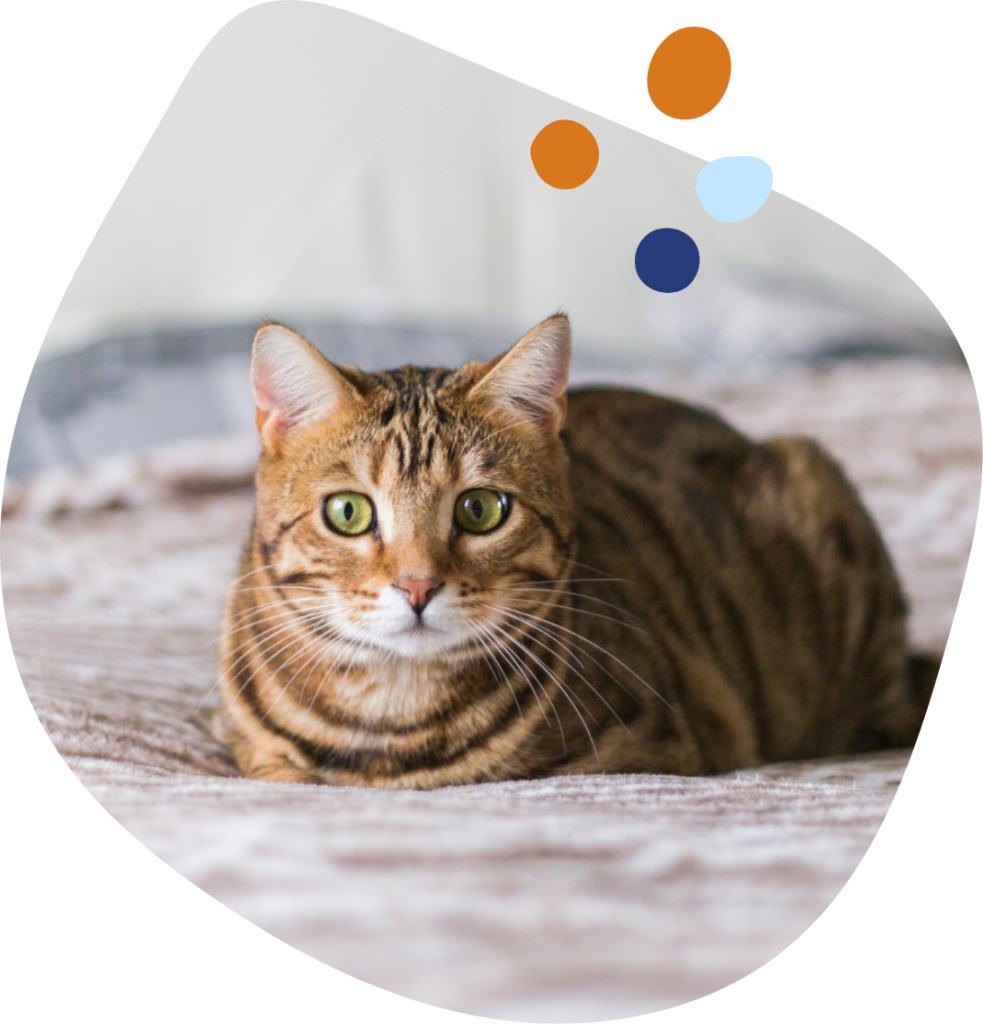Assessing the painscore in cats
Noticing any of these changes in your cat could potentially indicate pain, but it's not definitive. Consider this a resource among several to assist in identifying if a pet is in pain. Its effectiveness relies on being part of a comprehensive approach, including a detailed veterinary examination and history.
Should you be concerned about your cat’s pain after using this tool, please contact our staff or your vet. We’re here to advise you on the proper actions to take, which might include euthanasia when deemed necessary. Often, there are ways to greatly enhance your cat’s comfort and quality of life.

Understanding pain in cats: a guide
Cats are masters at concealing their pain, a survival tactic in the wild where showing weakness could be detrimental. This makes it difficult to recognize when they're suffering. Unlike humans, cats may not show clear distress signals such as limping but rather subtle shifts in behavior or demeanor. To assist in determining whether your cat is in pain, the BEAP scale, a behavioral pain assessment tool, can be invaluable.
The BEAP Scale Explains Pain Levels as Follows:
1 - 2
Mild Pain
3 - 4
Moderate Pain
5 - 6
Moderate to Severe Pain
7 - 8
Severe Pain
9 - 10
Extreme Pain
For each pain level, specific behaviors and physical symptoms are outlined, helping you identify your dog's pain level:
Consider the Following Categories
B: Breathing
E: Eyes
A: Ambulation (Movement)
A: Activity
A: Appetite
A: Attitude
P: Posture
P: Palpation (Reaction to Touch)
As pain levels increase, changes in these behaviors become more pronounced. For instance:

Breathing (B)
Normal breathing suggests no pain, whereas rapid and laborious breathing indicates severe pain.
Posture (P)
A relaxed posture signals no pain, but a hunched “Meatloaf” posture, especially when showing difficulty in maintaining positions necessary for elimination, suggests moderate to severe pain.
Your cat’s pain level corresponds to the category with the majority of your observations. Remember, not all behaviors need to be present to indicate a certain level of pain. Pain can vary in intensity and impact throughout the day, highlighting the importance of ongoing observation and assessment.
If you suspect your cat is in pain, this scale can guide you, but it’s crucial to consult with a veterinarian for a comprehensive evaluation and appropriate care plan.


